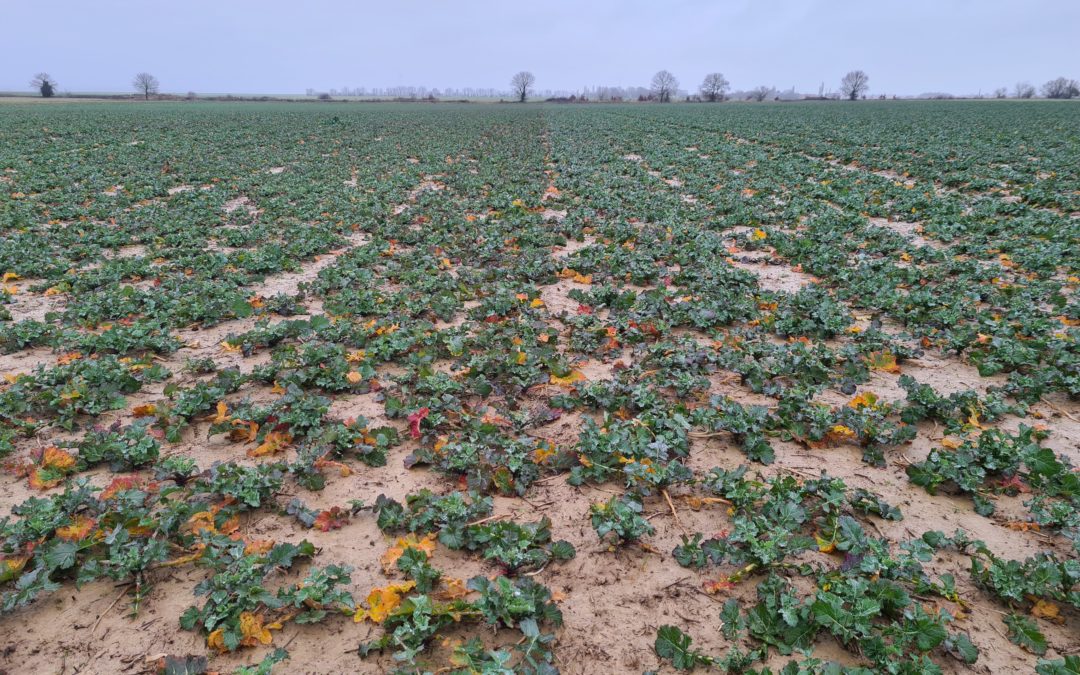This post will focus on estimation of oilseedrape aerial biomass and its evolution in the begining of the 2021 winter. The purpose is to highlight the begining of nitrogen lack in the fields by observing a stabilisation or slow decreasing of biomass.
A panel of 620 fields (around 7000 ha) was manually selected after “eye checking” in the fields. RPG was used to delineate the fields.
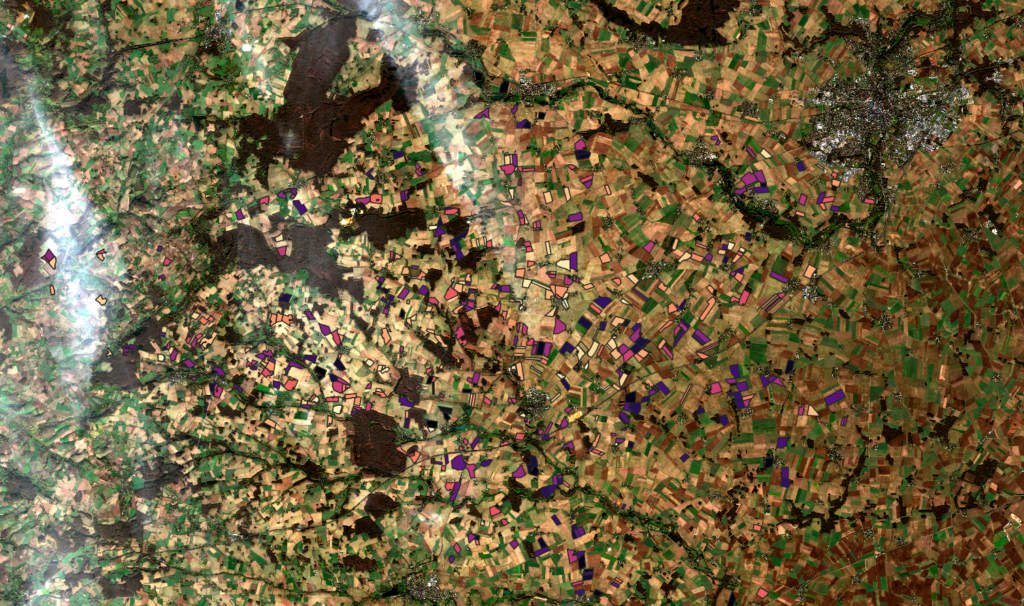
Biomasse is estimated through artificial neural network (ANN) to estimate leaf area index (LAI) from satellites images (Sentinel 2A and 2B). The ANN were trained on look up tables (LUT) generated by a vegetation reflectance model combining Prospect and SAIL models (PROSAIL). Prosail was used to simulate reflectance of thousands of vegetation spectra from biophysical parameters (LAI, leaf chlorophyll content, leaf water content and others). ANN are able to inverse Prosail and calculate biophysical parameters from crop canopy satellite reflectance spectra. ANN parameters fitting is a very delicate step, we need to avoid over fitting and obtain accurate and robust inversion results.
From canopy biophysical parameters, biomass can be estimated directly, or through crop model forcing, the second way is more efficient because it allows to yield biomass along the season and predict data for the near future dates.
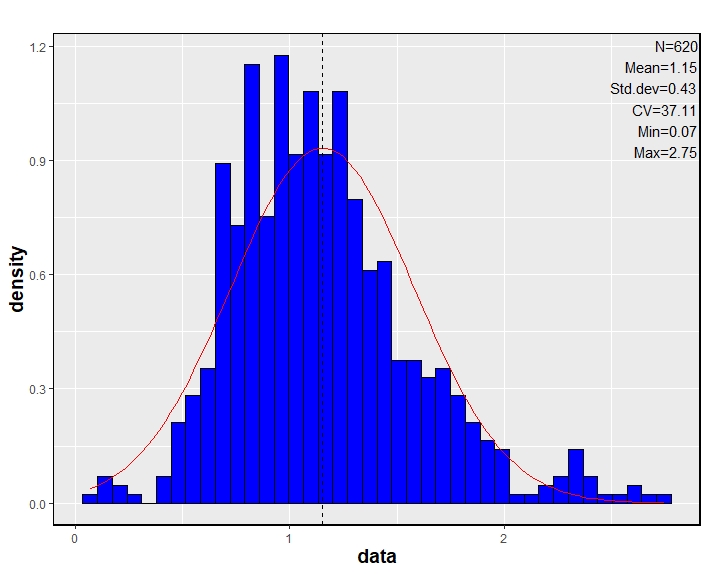
Figure 1 indicate a mean value of 1.15 kgs/m² which is quite conventional for oilseedrape at this epoch.
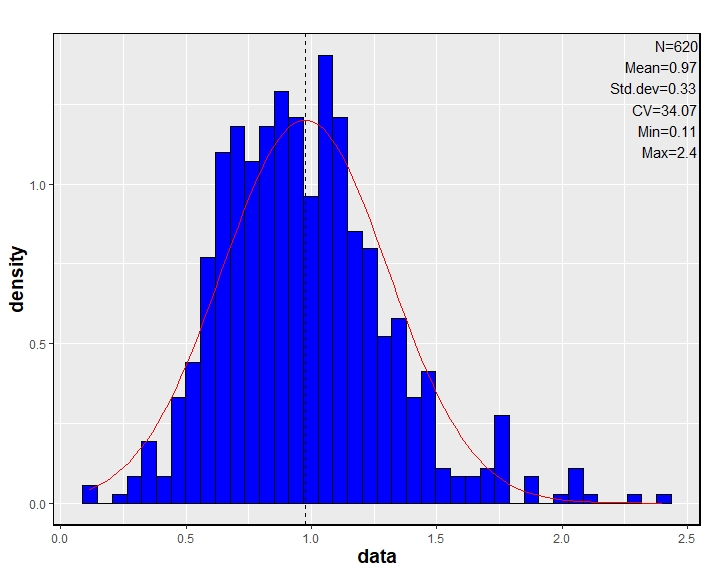
Figure 2 shows aerial fresh biomass (kgs/m²), the mean value if set to 0.97 kgs/m², indicating that around 63 kgs/ha of nitrogen is actually contained in the canopy. Biomass stabilisation indicates that all nitrogen available in the soil is now uptaken, if temperature still allow crop growth (Above base temperature)
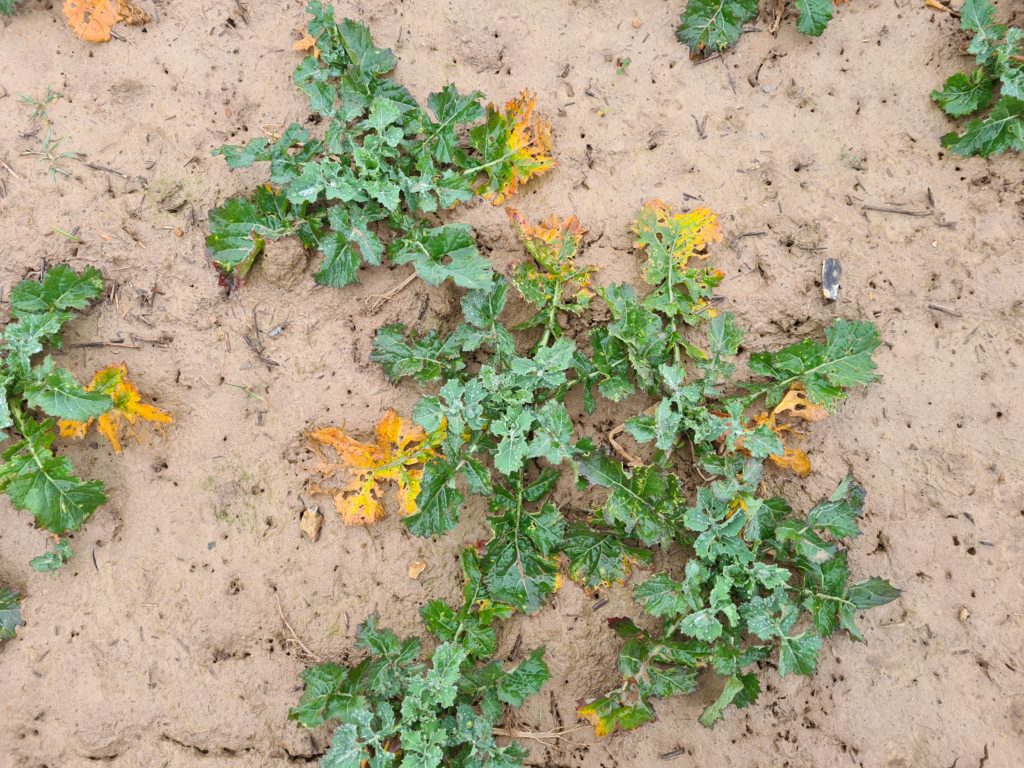
In one month, oilseedrape lost 180 grams/m² or 15% of its weight, by loosing leaves during senescence as shown on picture above.

